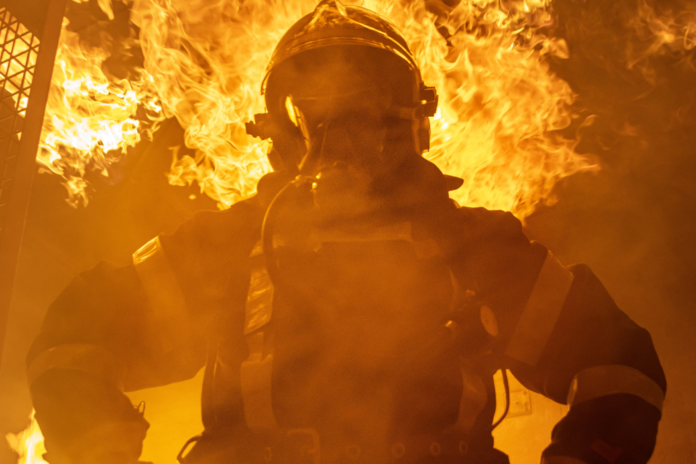Fire safety is a critical aspect of daily living, essential for protecting both lives and property. Fires can start unexpectedly and spread rapidly, causing significant damage and endangering lives. Understanding the principles of fire safety, implementing preventive measures, and knowing how to respond in case of a fire can make a significant difference in outcomes. This blog delves into the importance of fire safety, preventive strategies, and effective response measures to protect both lives and property.
Contents
What is Fire Safety?
Fire safety isn’t just about putting out flames. It’s a comprehensive approach to keeping you and your loved ones safe. This includes taking steps to prevent fires from starting in the first place, like keeping flammable materials away from heat sources. But fire safety also involves being prepared for the unexpected. Having working smoke detectors and knowing escape routes can make a critical difference in a fire emergency. By combining awareness, preparation, and safe practices, fire safety empowers you to minimize the risk of fires and ensure everyone’s well-being if a fire does occur.
Read More About Upholstery Safety: Fire Retardant Chemicals and Standards
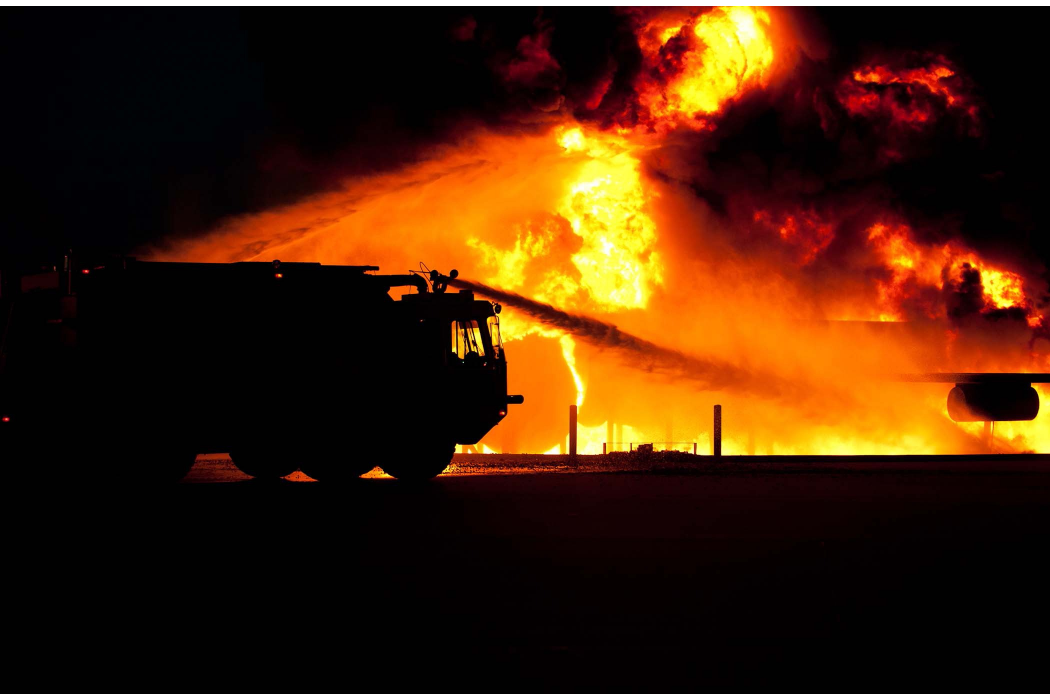
The Importance of Fire Safety
Fires are among the most destructive and deadly hazards. According to the National Fire Protection Association (NFPA), in 2020, fire departments in the United States responded to over 1.4 million fires, resulting in approximately 3,500 civilian deaths and $21.9 billion in property damage. These statistics underscore the need for robust fire safety measures.
Loss of Lives
One of the most devastating consequences of fires is the loss of human life. Fires can cause severe injuries or fatalities through burns, smoke inhalation, and structural collapse. Implementing fire safety protocols can significantly reduce the risk of such outcomes.
Property Damage
Fires can cause extensive damage to homes, businesses, and infrastructure. Beyond the immediate financial impact, the loss of property can disrupt lives and livelihoods. Effective fire safety measures help mitigate these risks and preserve valuable assets.
Psychological Impact
The trauma of experiencing a fire can have long-lasting psychological effects on survivors. The fear and anxiety associated with such an event can lead to stress and mental health issues. Fire safety measures can provide a sense of security and prevent the emotional toll of fire incidents.
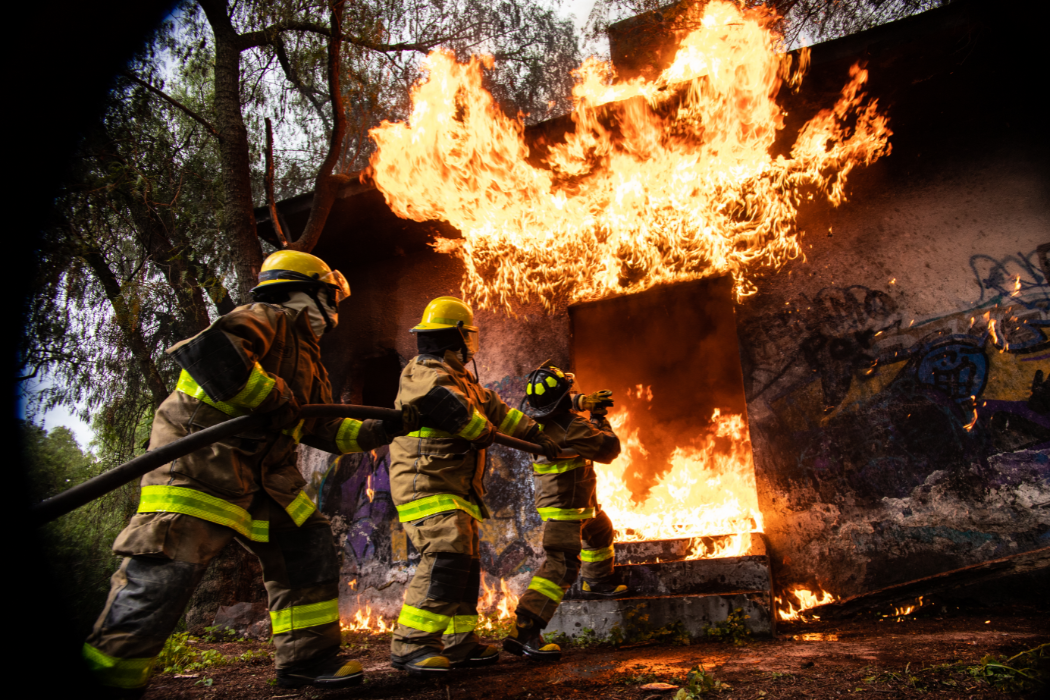
Fire Safety and Prevention: Tips and Guidelines
We often hear fire safety tips and might think they’re not crucial. However, fires are unpredictable disasters that can erupt anywhere, any time. Taking simple fire safety precautions at home and work can literally mean the difference between life and loss. Don’t wait for an emergency – prepare now for peace of mind.
Fire safety is everyone’s responsibility! No matter your background, take a look at these fire prevention tips with your family and friends. By working together and making fire safety a priority, we can create a safer and more secure environment for our entire community.
Be prepared to exit quickly.
No building is immune to fire. Even when you’re at home or work, make sure you already have an escape plan in mind. Familiarize yourself with the nearest fire exit in your building. At home, map out the fastest and safest way to go outside in case a fire starts.
Fire safety isn’t just about prevention. Even the most cautious home can face an unexpected fire. That’s why having a well-rehearsed escape plan is crucial. Here’s what your fire safety plan should include:
- Two Ways Out: Identify two escape routes from every room. This ensures you have options if one exit is blocked by flames or smoke.
- Practice Makes Perfect: Don’t wait for a fire to rehearse your escape plan! Conduct regular fire drills with everyone in your household, practicing crawling low under smoke and exiting quickly.
- Meeting Point: Designate a safe meeting spot outside your home, a good distance away from the building. This ensures everyone can gather and be accounted for once they’ve escaped.
- Sleep Safety: Keep bedroom doors closed at night. A closed door can slow the spread of fire and smoke, giving you valuable time to escape.
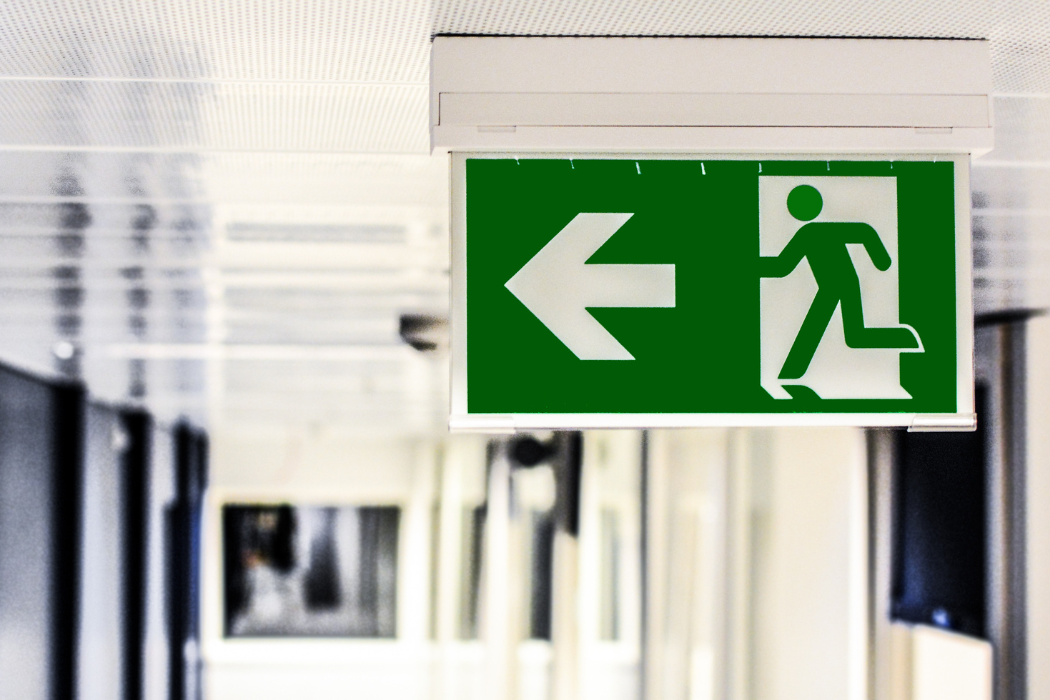
Don’t wait, install smoke alarms in your home today!
Many fires, particularly those that start at home, erupt at night while families are sleeping. That’s why smoke alarms are essential in your living space. They can be your lifesaving alert in the middle of the night. Ready to equip your home with a fire detection system? Follow these essential guidelines for a safe installation.
Smoke alarms are your first line of defense in a fire. They can save your life and the lives of your loved ones by giving you precious seconds to escape. Here’s why installing smoke alarms is crucial:
- Early Warning: Smoke alarms detect smoke before you can, giving you time to get out safely. Fires can spread quickly, so those early seconds can make all the difference.
- Peace of Mind: Knowing you have working smoke alarms gives you peace of mind, especially while sleeping.
- Requirement in Many Places: Having smoke alarms is a legal requirement in most rental properties and often for homeowners insurance.
Next Steps:
- Purchase Smoke Alarms: Look for alarms with the label of a recognized testing laboratory. Consider both photoelectric and ionization alarms for optimal protection against different fire types.
- Install Smoke Alarms: Place smoke alarms on every level of your home, including the basement. Install them in bedrooms, outside sleeping areas, and near common areas.
- Test Regularly: Test your smoke alarms monthly and replace batteries according to the manufacturer’s instructions.
- Develop an Escape Plan: Having a plan for escape in case of a fire is just as important as having smoke alarms. Make sure everyone in your household knows the plan and practices it regularly.
By taking these simple steps, you can significantly increase your chances of staying safe in the event of a fire.
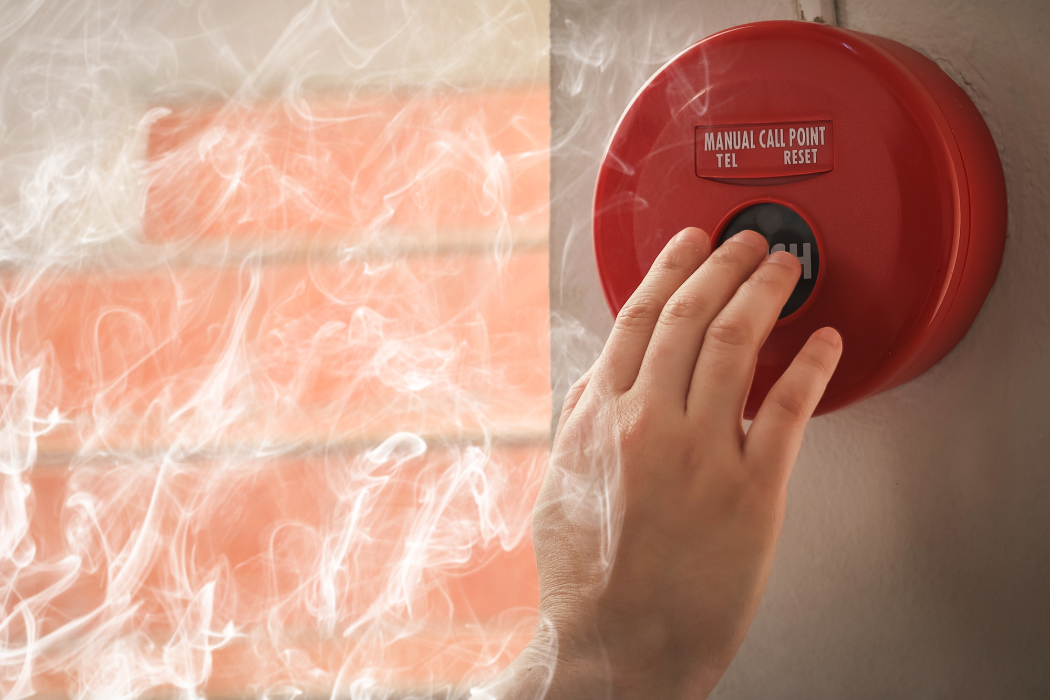
Ensure Safe and Reliable Electricity
Prevent electrical fires! Regularly check your home’s wiring system. Faulty or outdated wiring is a common culprit in house fires.
Electrical wiring runs unseen behind walls, making it easy to forget about its condition. But don’t worry! Here are some simple tips to help you monitor your home’s electrical system for safety and longevity.
- Overloaded Circuits: Don’t plug too many appliances into one outlet. This can overheat and cause a fire. Use surge protectors and extension cords with proper ratings.
- Frayed Cords: Discard any cords with exposed wires or damaged plugs. These pose a serious fire hazard.
- Misuse of Appliances: Never leave appliances unattended while in use, especially those that generate heat, like irons or toasters.
- Regular Maintenance: Schedule inspections of your electrical system by a qualified electrician to identify potential problems before they occur.
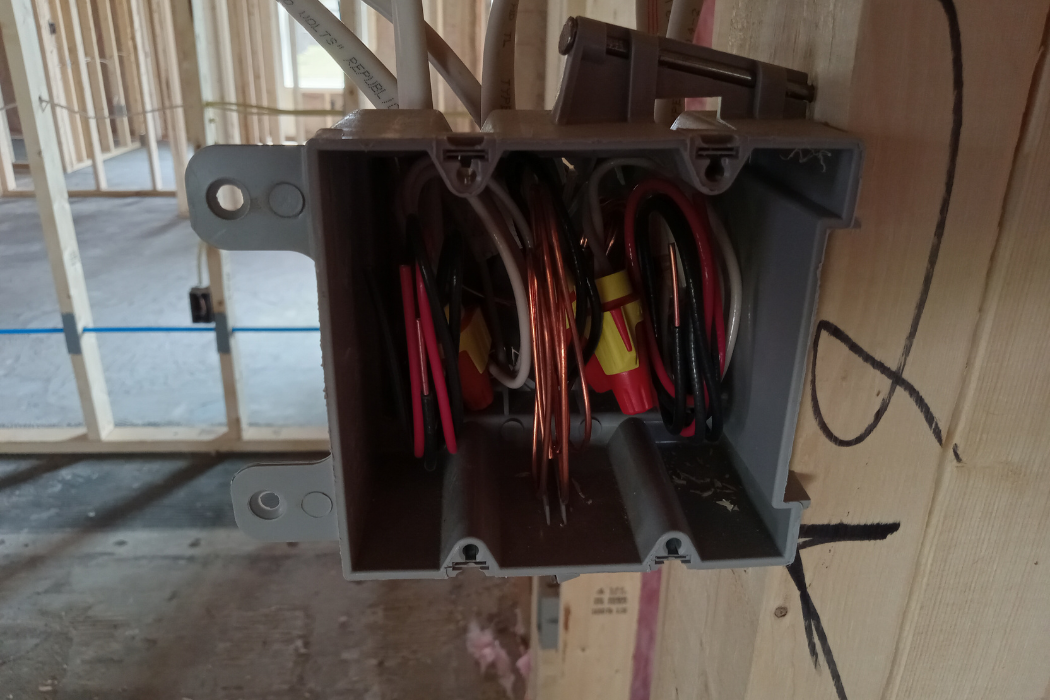
Maintain your heating system.
Space heaters and fireplaces are great for bringing warmth to your space, but it’s important to remember they can also be fire hazards. To ensure cozy comfort without worry, keep a watchful eye on these heating elements while they’re in use. This vigilance can help prevent a potential fire and keep your home or office safe.
Here are some fire safety and prevention tips to ensure your heating equipment functions smoothly and minimizes fire risk throughout the winter:
- Schedule annual inspections: A qualified technician can identify potential problems and ensure everything’s working efficiently.
- Clean or replace air filters regularly: Clogged filters restrict airflow and can overheat the system.
- Clear the area around your heater: Keep flammable objects like furniture, curtains, and decorations at least 3 feet away.
- Test smoke and carbon monoxide detectors monthly: Early detection is crucial in case of a fire or gas leak.
- Never use a space heater as your primary heat source: These can be major fire hazards.
By following these simple tips, you can enjoy a warm and safe winter season.
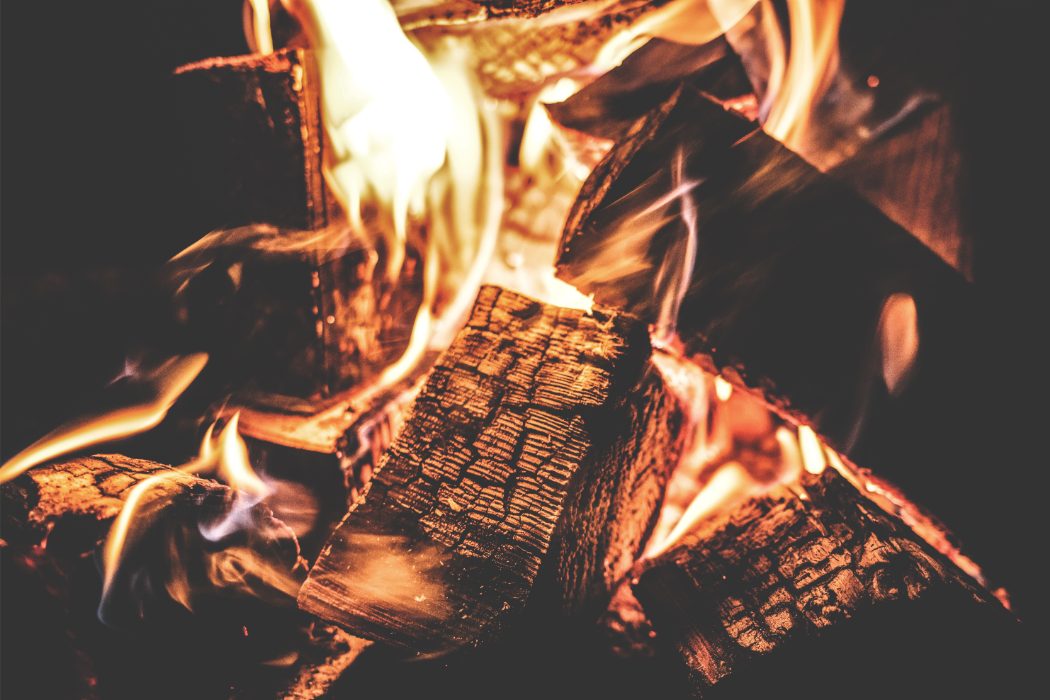
Fire Safety Tips for the Kitchen
Our kitchens are fire hazards! Cooking fires are a major cause of home fires, so staying safe while cooking is crucial. Don’t let the fear of fire hold you back from enjoying your kitchen! With some simple fire safety measures, you can easily prevent your cooking space from becoming a hazard.
- Stay Attentive: Never leave cooking unattended, especially when using high heat like frying or grilling. A watchful eye is your first line of defense.
- Clear the Zone: Keep flammable items like oven mitts, dish towels, and food wrappers far away from the stovetop to avoid accidental contact with flames.
- Maintain Cleanliness: Regularly clean grease and grime buildup from your stovetop, oven, and exhaust vent to prevent them from igniting.
- Lid It Up: When a grease fire erupts, smother it by carefully sliding a lid over the pan and turning off the heat source. Never throw water on a grease fire!
- Know Your Extinguisher: Keep a fire extinguisher near your kitchen, but only use it if you’ve been properly trained. In case of a larger fire, evacuate immediately.
- Turn Off Appliances: Get in the habit of turning off appliances like the toaster or oven when you’re finished using them.
- Dress for Safety: Avoid loose clothing that could dangle near flames. Opt for short sleeves or tie long ones back.
- Smoke Alarms Matter: Ensure you have working smoke alarms installed on every level of your home, especially near your kitchen. Test them monthly and replace the batteries twice a year.
By following these simple precautions, you can significantly reduce the risk of a kitchen fire and keep your home safe for you and your loved ones.
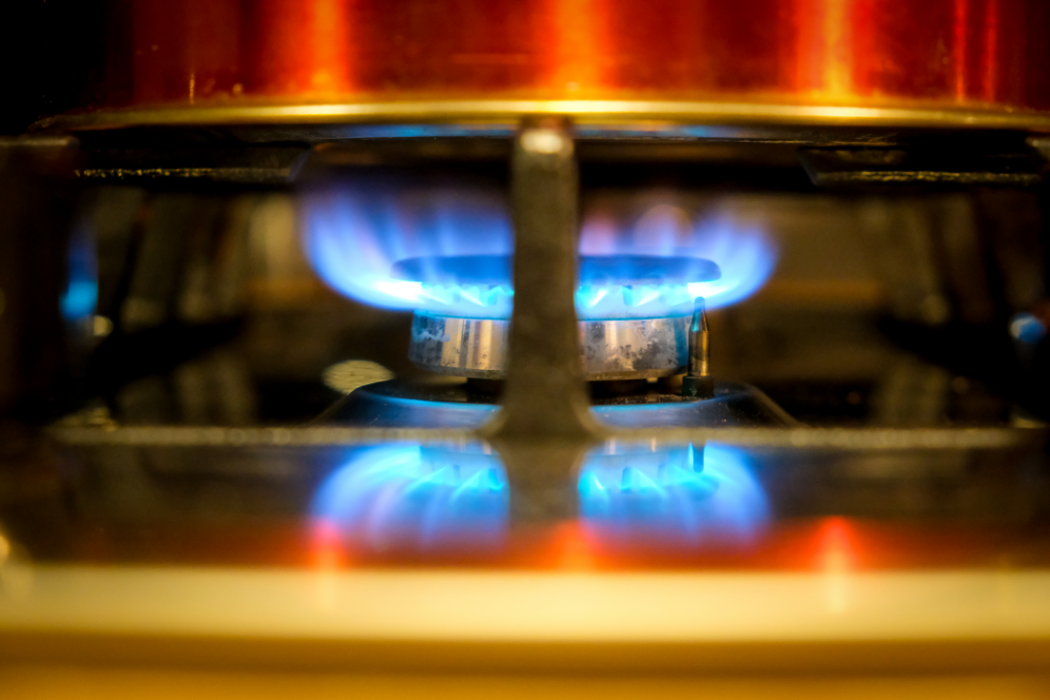
Learn to Use a Fire Extinguisher
Don’t underestimate those red canisters you see around! Fire extinguishers are everyday heroes, waiting to extinguish a fire if one sparks up. Despite seeing the fire extinguisher daily, most people wouldn’t know how to use it in an emergency.
Choosing the right fire extinguisher depends on the type of fire you’re facing. Let’s explore the five main classifications to understand which extinguisher tackles what kind of blaze.
Class A: fires fueled by everyday solid combustibles like paper and wood
Class B: fuel- and gas-based fires
Class C: fires caused by electricity
Class D: fires fueled by flammable metals
Class K: used to extinguish oil and grease fires
That’s a good start! While using a fire extinguisher can be learned quickly, it’s important to remember a few key points for effective and safe operation:
Know the PASS method: This stands for Pull the pin, Aim low at the base of the fire, Squeeze the handle, and Sweep the nozzle from side to side to smother the flames.
Extinguishers have a limited discharge time: Be familiar with the extinguisher’s size and how long it will last.
Only fight small fires: If the fire is growing rapidly or you feel unsafe, evacuate immediately and call the fire department.
By understanding these points and practicing with a training extinguisher (when available), you’ll be better prepared to use a fire extinguisher safely and effectively in an emergency.

Ensure Workplace Safety with a Fire Safety Checklist
Fires at work are devastating, endangering not just employees but the entire community. This makes workplace fire prevention just as critical as home fire safety.
Don’t be caught off guard in a fire emergency. Use this checklist to make sure you’re ready to act swiftly and safely.
Here are some key areas to consider:
- Prevention:
- Conduct regular inspections for electrical hazards, flammable materials, and proper housekeeping.
- Ensure clear and unobstructed exits.
- Educate staff on fire safety procedures and extinguisher use.
- Detection:
- Test and maintain smoke detectors and fire alarms regularly.
- Ensure alarms are loud and audible throughout the workplace.
- Preparation:
- Develop a clear fire evacuation plan with designated meeting points.
- Conduct fire drills regularly to ensure everyone knows what to do.
- Post fire escape routes and extinguisher locations visibly.
- Suppression:
- Provide appropriate fire extinguishers for different fire types (Class A, B, C, and Electrical).
- Train employees on how to properly use fire extinguishers.
- Ensure extinguishers are inspected and maintained regularly.
By following these fire safety measures and using a comprehensive checklist, you can create a safer work environment for everyone.

Conclusion
Fire safety is a critical responsibility that everyone must take seriously. By understanding the importance of fire safety, implementing preventive measures, developing a comprehensive fire safety plan, and knowing how to respond in an emergency, we can protect lives and property from the devastating effects of fires. Regular education, practice, and vigilance are key to ensuring that we are prepared to handle fire emergencies effectively. Remember, fire safety is not just about protecting physical assets—it’s about safeguarding the lives and well-being of everyone in our homes and communities.


